Kate Robinson – Oysters getting ready for market
On a clear day, the ghostly meringue-like swirl of Mont Saint Michel is just barely visible across the bay from Cancale. This plucky little seaside town has been famous for its oysters since the Roman occupation of Gaul, and continues to be a top destination for ostreaphiles the world over.
Isabel Miller-Bottome
On a painfully bright day in July, I found myself sitting on a beach littered with shards of chipped and broken oyster shells, bleached white by the sun. Balanced on my knees was a plate of nine intact oysters, fresh from the Cancale bay, deeply cupped and glistening in their own liqueur. The oyster farmer who had sold them to me five minutes earlier had cracked each one open with barely a downward glance, as he stood talking to me in the shade of the little blue and white striped hut where creuses and plats sat in jumbles designated by size (the largest was surely only meant for cooking…). In exchange for the last three euros of vacation money that still jingled in my pocket, he presented me with a sturdy white plastic plate of oysters, a half a lemon and his condolences regarding my imminent return to Paris on the afternoon train.
Kate Robinson – Oysters on the beach!
 Roberto Poveda
Roberto Poveda
I am a late-blooming oyster enthusiast, having been traumatized at a young age by one of the poorly fried variety. If my introduction had been a sip of the cool, briney liquid of a Cancale oyster, its smooth, buttery flesh brightened by a drop of lemon juice, with my back against a warm embankment and my toes wiggling in the sand, the rocky curves of the Emerald Coast meandering to my left, and a quilt of oyster beds unfurling before me with each receding wave, I would have probably felt differently about oysters from the start.
Oysters growing – Rog01
That afternoon, I was slurping on Crassostrea gigas, the Japanese rock oyster that has come to dominate oyster production in France following the decline of Ostrea edulis, the flat, wild oysters native to Europe. Until the 18th century, flat oysters, or huîtres plats, were abundant off the coast of France, and certain areas, including Cancale, became renown for the quality of theirs. Louis XIV is said to have commanded his be delivered by horseback from the seaside village, and Napoleon III swore by a meal of oysters before every battle. Harvested in France since as far back as the Romans, who built ponds to stock and sort the coveted mollusc, ostrea edulis was valued for its gustatory and supposedly aphrodisiac qualities. Mollusk fever never relented, and overfishing in the 18th century and successive epidemics nearly exterminated the fragile bivalve.
Isabel Miller-Bottome
As I gave each plump morsel a delicate chew, I came to understand why Cancale’s oysters made a twice-weekly appearance at the royal table starting with Francois I in the 1500s. Faced with the possibility of their disappearance in the 18th century, Louis XIV issued several royal decrees forbidding the harvesting of oysters during the breeding season. This probably explains the myth that oysters should only be eaten in months whose names contain the letter ‘R’: in June, July and August, the oysters produce a milky liquid as they prepare to spawn. There’s no reason not to eat them then, but many producers don’t sell these huitres laiteuses. Also threatened with the disappearance of his beloved bivalves, Napoleon III sent Victor Coste, a French scientist, to Italy to study the techniques that had been in use there for centuries. In 1859, Coste announced his first successful oyster park in the Bay of Saint-Brieuc and modern oyster cultivation was born.
Kate Robinson
With some of the largest tidal mean ranges in the world–14 meters–the waters around Cancale bath 6,000 tons of hungry, growing oysters in a smorgasbord of microscopic plankton with each wave that rushes in over the city’s nearly 2,500 acres of oyster parks. My Breton friends had all said, “Eat the oysters in Cancale!” and I thought I’d stumbled upon a local secret. But no; Cancale has always been an oyster town, popular with kings, queens, writers and philosophers alike.
Oysters growing – gelinh
Seafood restaurants and souvenir shops seem to overlap one another on Cancale’s waterfront boardwalk, advertising “special” seafood platters on chalky ardoises, regional delicacies in portable sizes and an assortment of garish postcards with larger-than-life oysters plastered over beach scenes. Despite the usual tourist bait, Cancale is more known for the grit of its hardworking fishermen and women, which spares it the hollow kitsch you might expect from a vacation town.
Cancele – bornin78
You can gorge yourself on chilled oysters, perfectly steamed mussels, and the finest crêpe beurre-sucre you’ll ever eat in one of the waterfront restaurants, but you should really walk to the end of the boardwalk and buy some oysters to be eaten the way they are meant to be: fresh from the sea, under the sun, with the slightest squeeze of lemon.
It’s possible to tour the Cancale oyster parks from May to September at each low tide. Sign up at the tourist office and bring your boots. Cancale can be accessed by local bus from Saint Malo.
- Cancale Tourist Office – 44 Rue du Port, 35260 Cancale. Tel: +33 (0)2 99 89 63 72
- Keolis Saint Malo – Rue des Rougeries, 35400 Saint-Malo. Tel: +33 (0)2 99 56 06 06
Related links:
- Check out Le Fooding’s review of Pleine Mer, a Parisian restaurant in the 10th where you can get oysters directly from the Cancale Bay.
- Fancy a cocktail with your seafood? Forest Collins presents some of the city’s best cocktail-forward seafood joints.
- Everything you need to know about oysters! Take a peek at the Paris By Mouth oyster-eating primer.
Written by Kate Robinson for the HiP Paris Blog. Looking for a fabulous vacation rental in Paris, London, Provence, or Tuscany? Check out Haven in Paris.
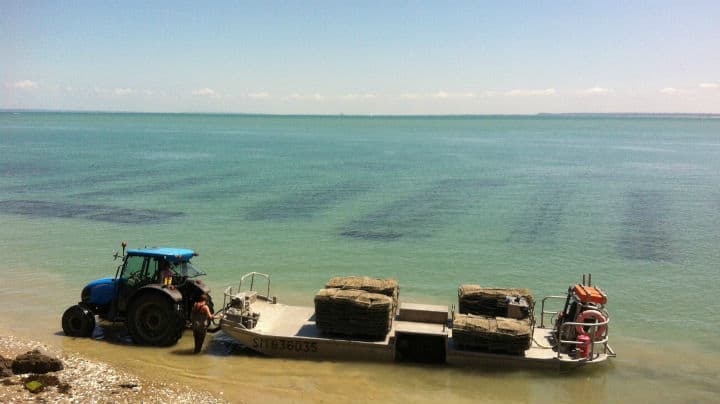
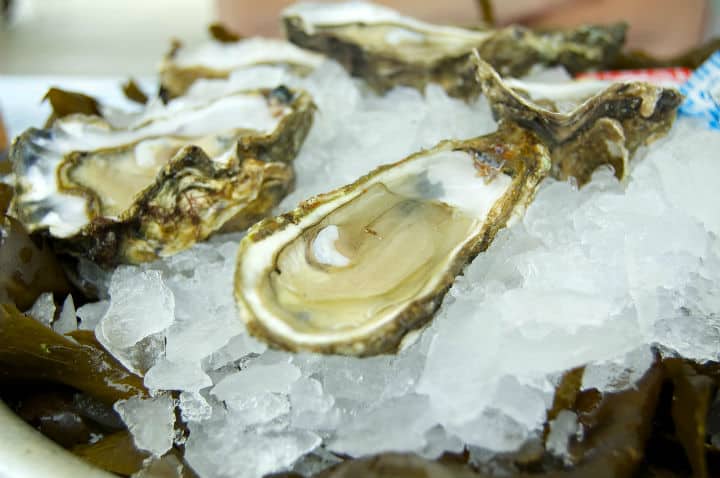
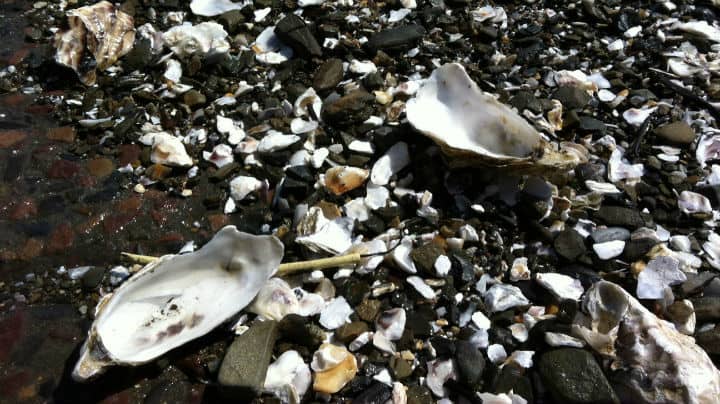
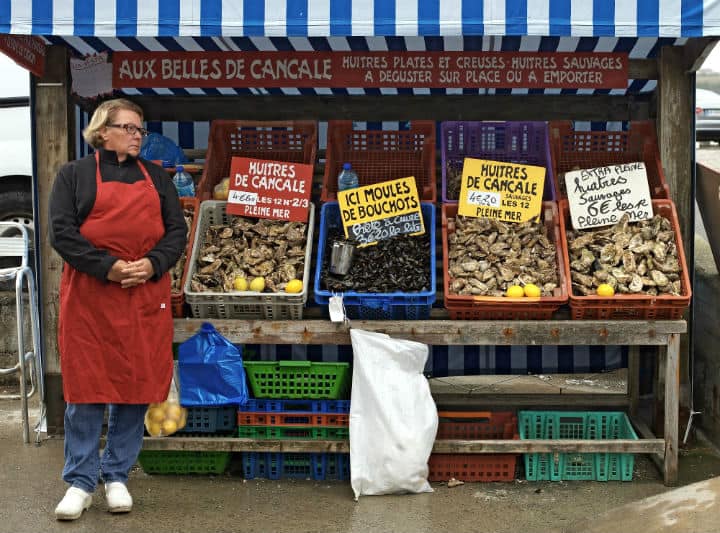

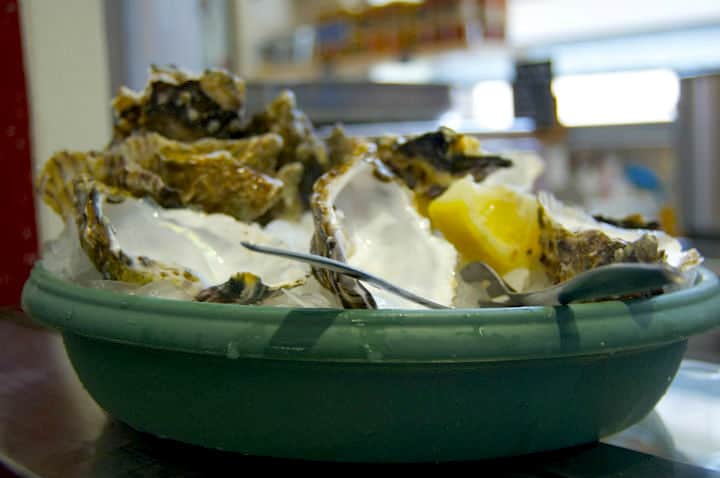
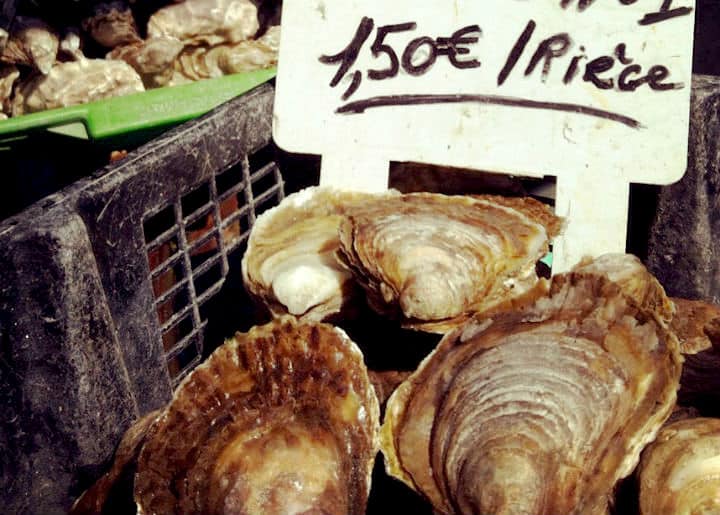

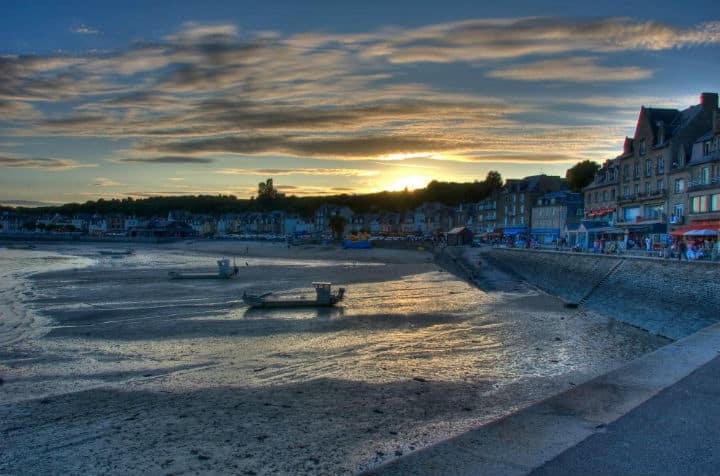



RELATED ARTICLES
What to Pack for Paris in Summer
by
Caroline Camp
You Can Still Win a Week in Paris
by
Erica Berman
The Best Croissants in Paris 2025
by
Alessia Armenise
A Local’s Guide to the 3rd Arrondissement: Life in the Haut-Marais
by
Zoe Adams
Sweepstakes Alert: Win a Week in a Paris Apartment
by
Erica Berman
All About the Baguette: The Ten Best in Paris
by
HiP Paris
Rue de Lévis: A Market Street in Paris’s 17th Arrondissement
by
Yvonne Hazelton
Paris Through Another Lens: Travel Writer vs. Tourist
by
Bryan Pirolli
The Top Women Chefs Defining Paris’s New Dining Scene
by
Lily Heise
Cocoricains: An American Bistrot with French Flair in Paris’s 2nd Arrondissement
by
Dilyn Odoardi
Our Favorite Stinky French Cheese: What To Buy, Tips & Where To Shop
by
Casey Hatfield-Chiotti
La Chandeleur: 8 Spots for the Best Crêpes in Paris
by
Ali Postma
Where to Eat in St Germain Paris, According to A Food Tour Guide
by
Rachel Naismith
Where to Find the Best Comfort Foods in Paris
by
Neil Kreeger
Healthy French Recipes for Winter
by
HiP Paris
Where to Eat in Paris During the Holidays – Christmas and New Year’s
by
Lily Heise
How to Have a French Holiday Meal at Home
by
HiP Paris
How to Celebrate a Winter Christmas in Paris
by
Verity McRae
Where to Go For Thanksgiving Dinner in Paris
by
Lily Heise
Getting Paris Right the First Time: 10 Tips From A Local
by
Oliver Gee